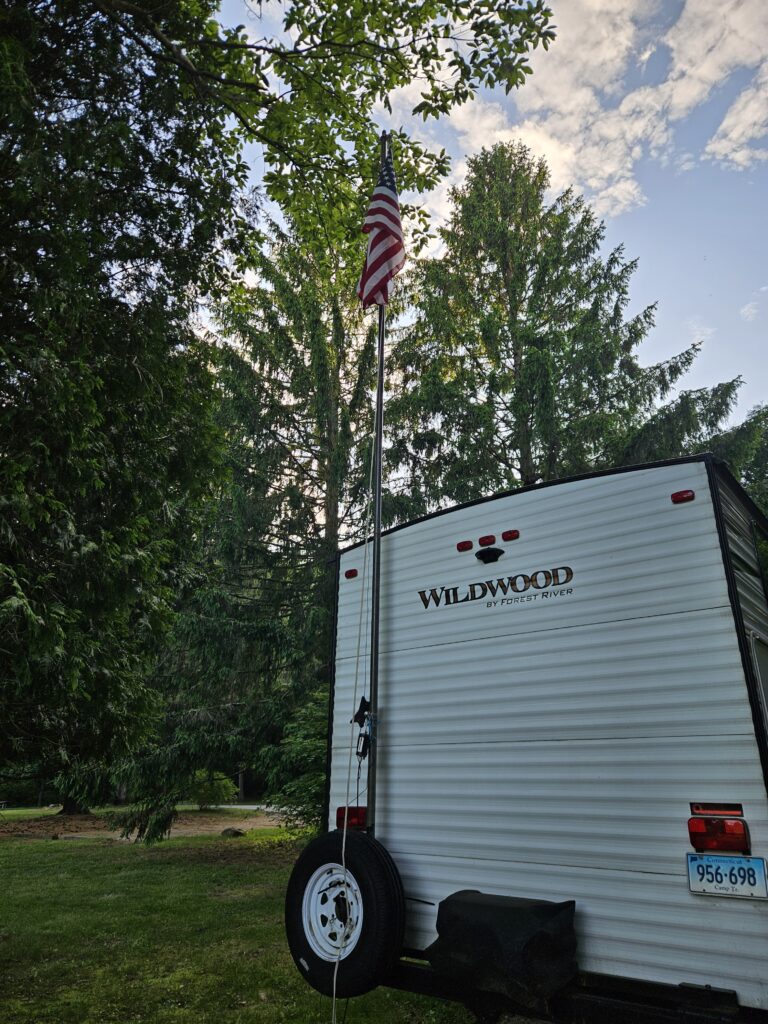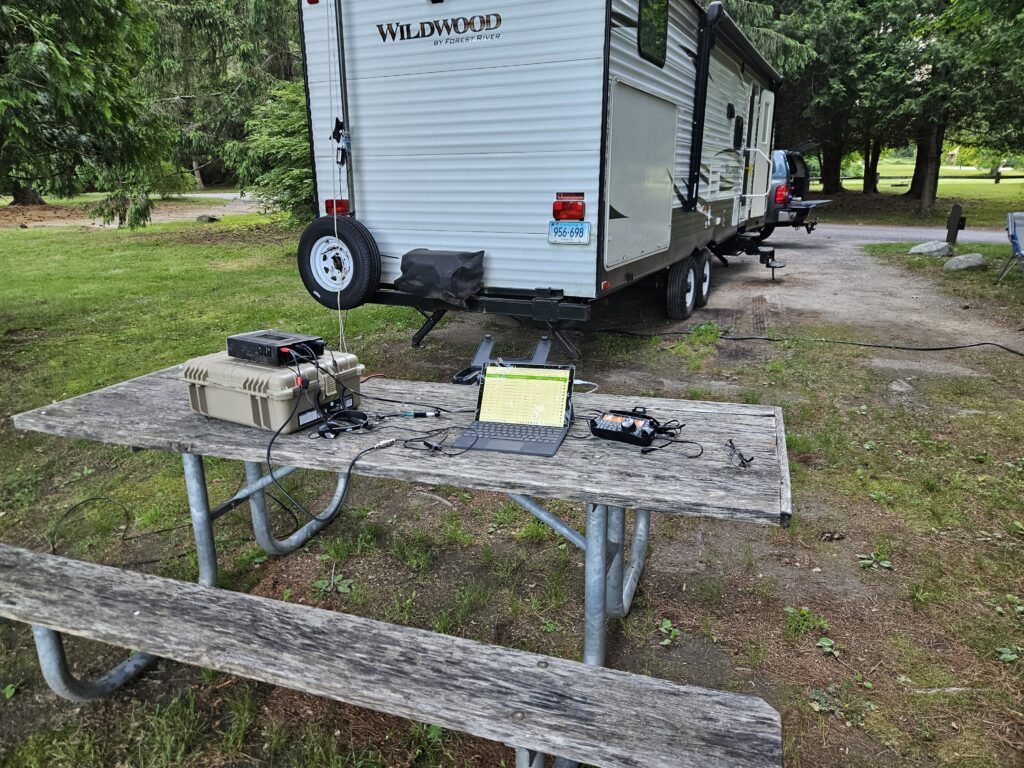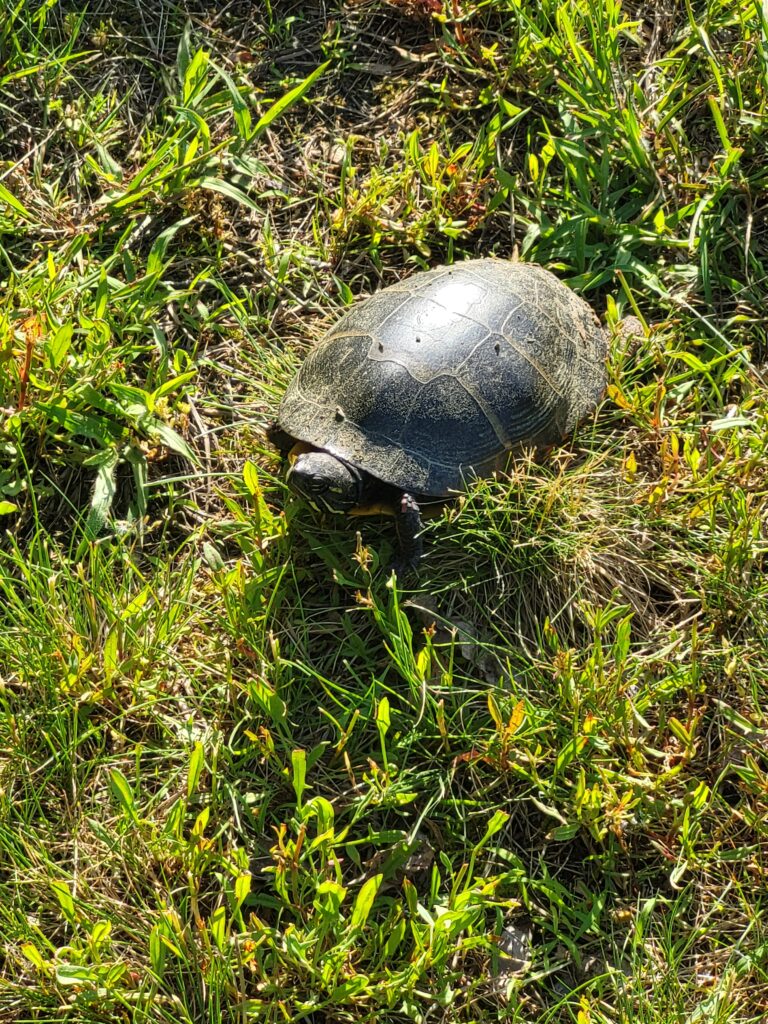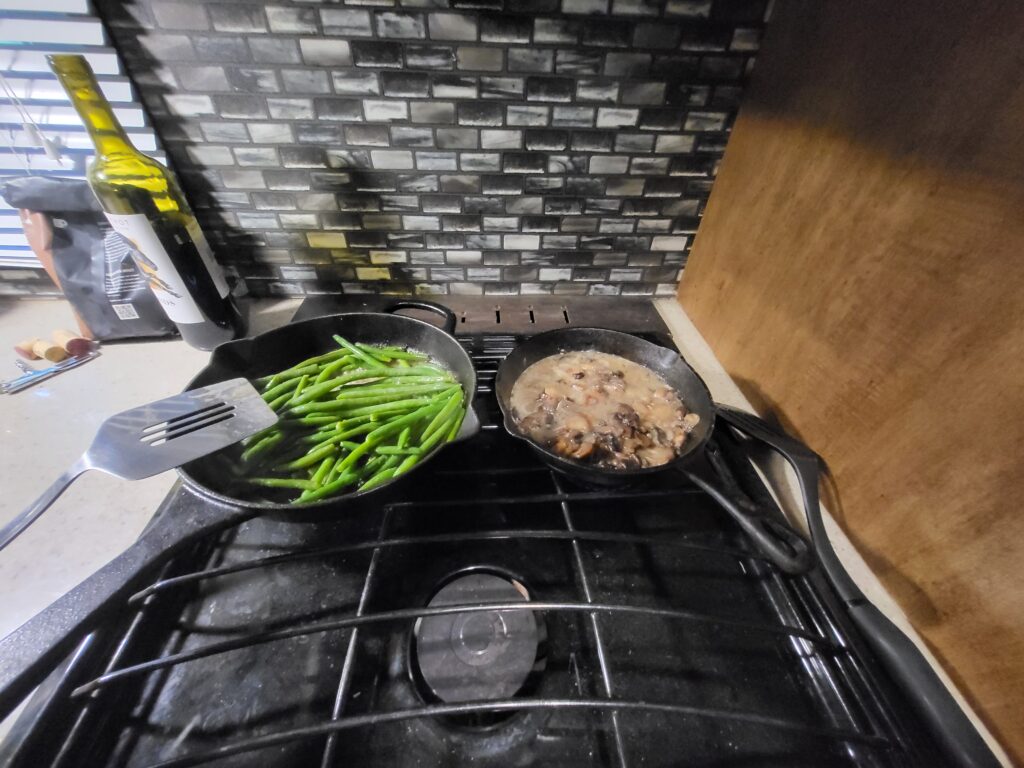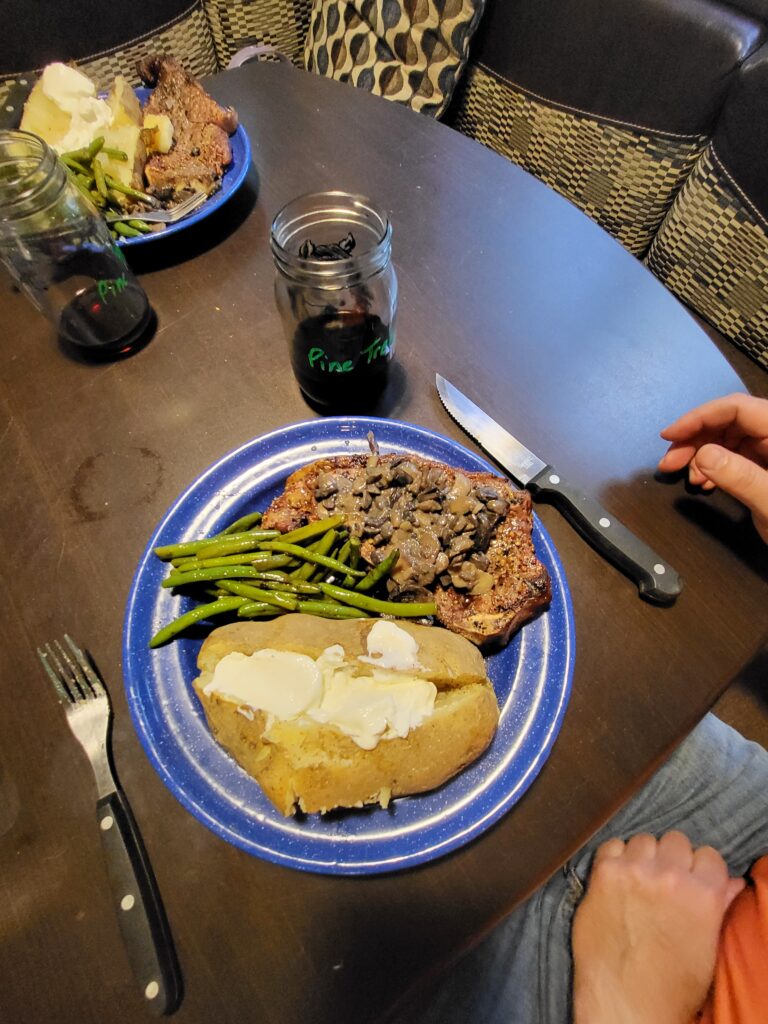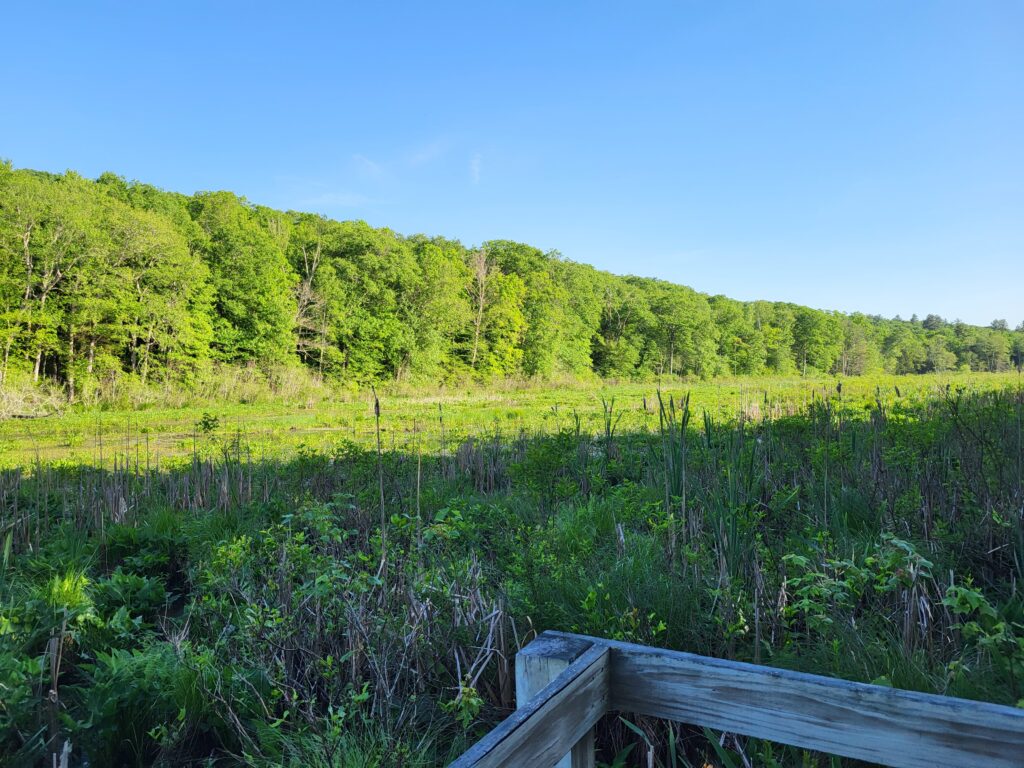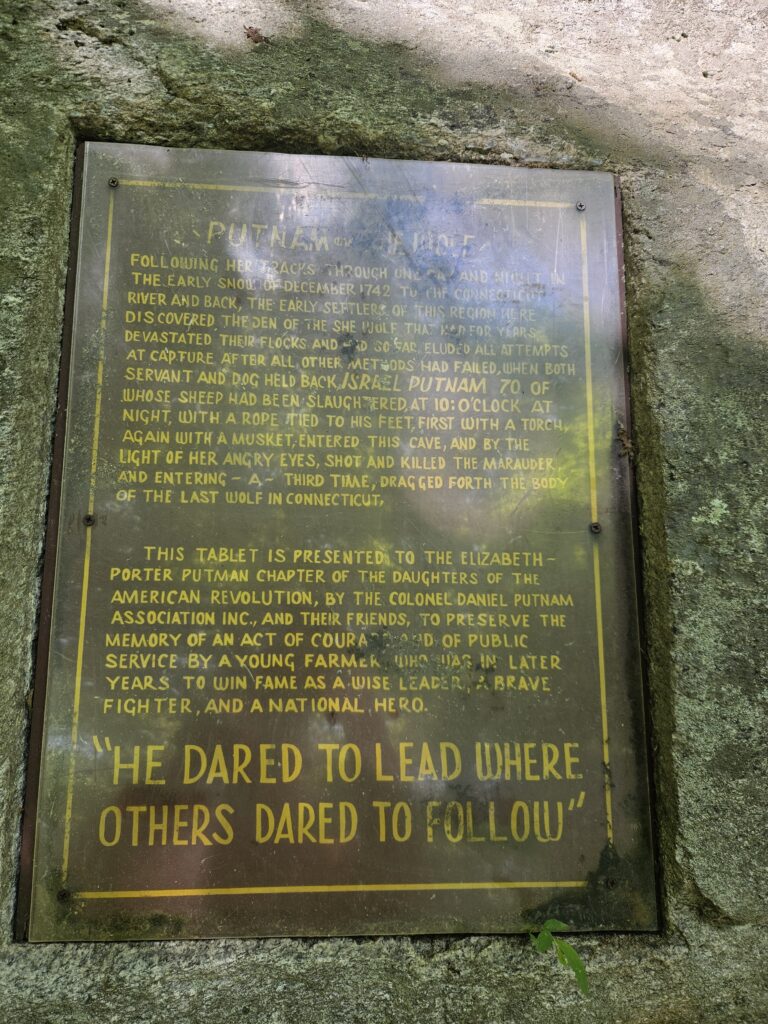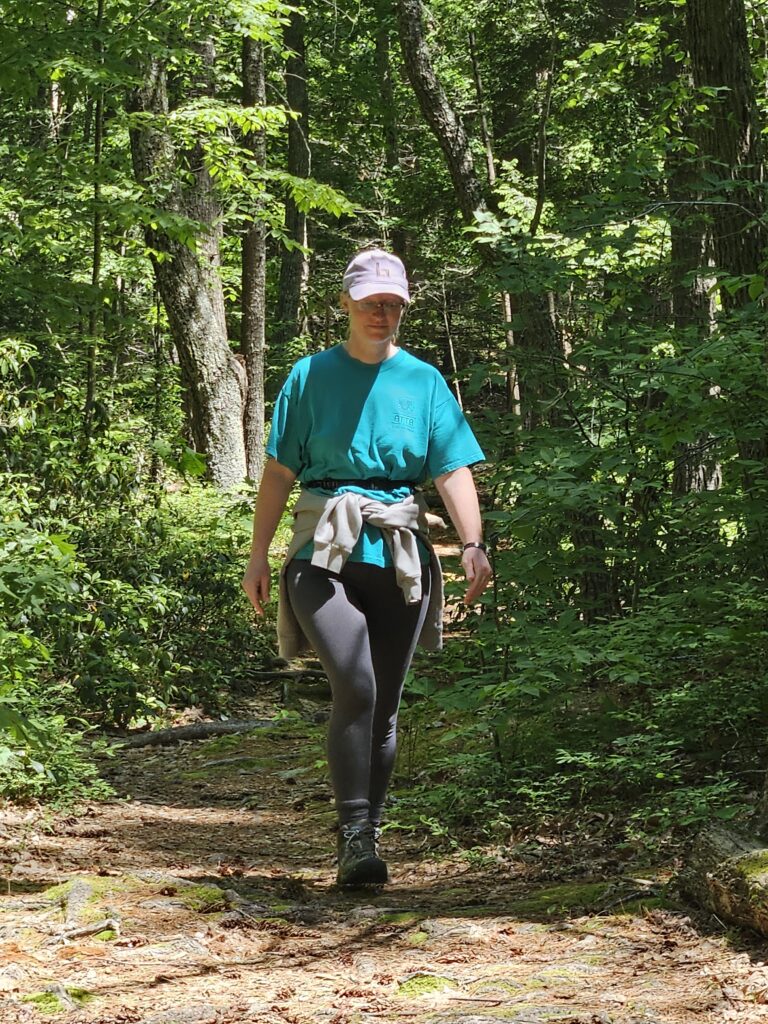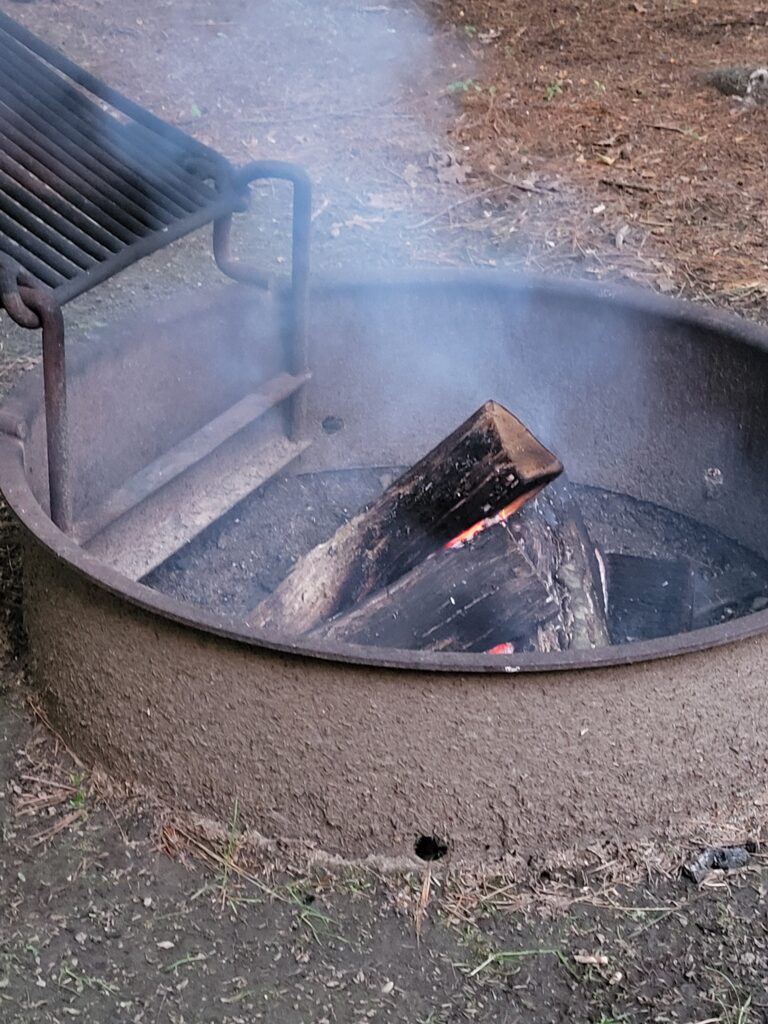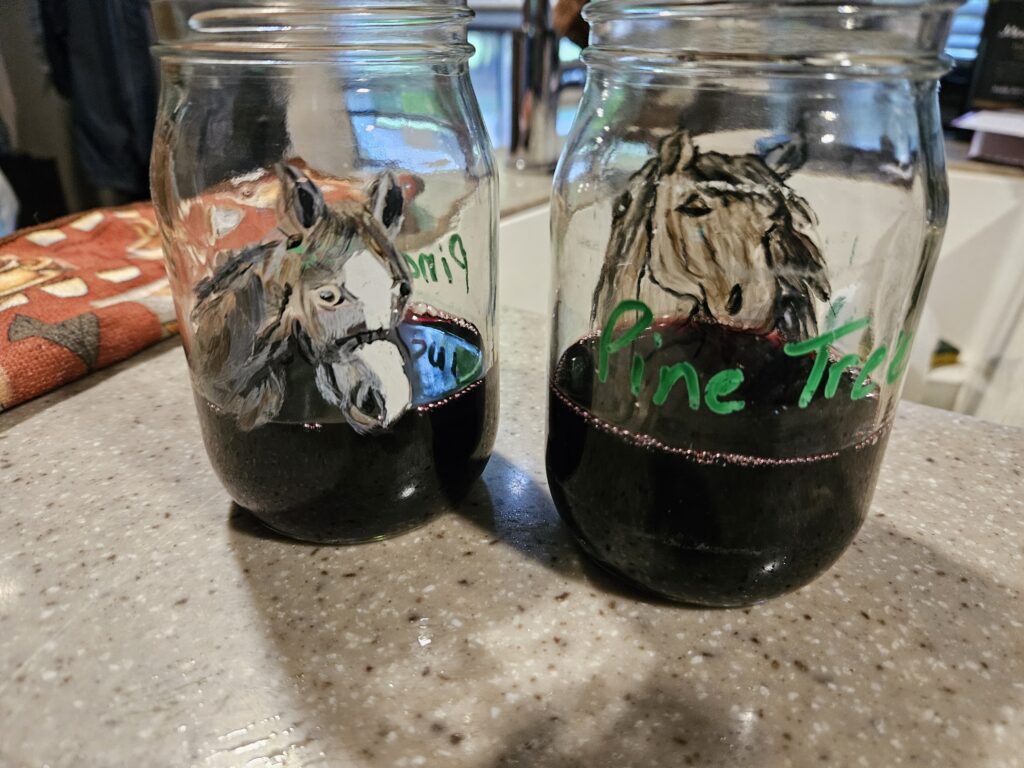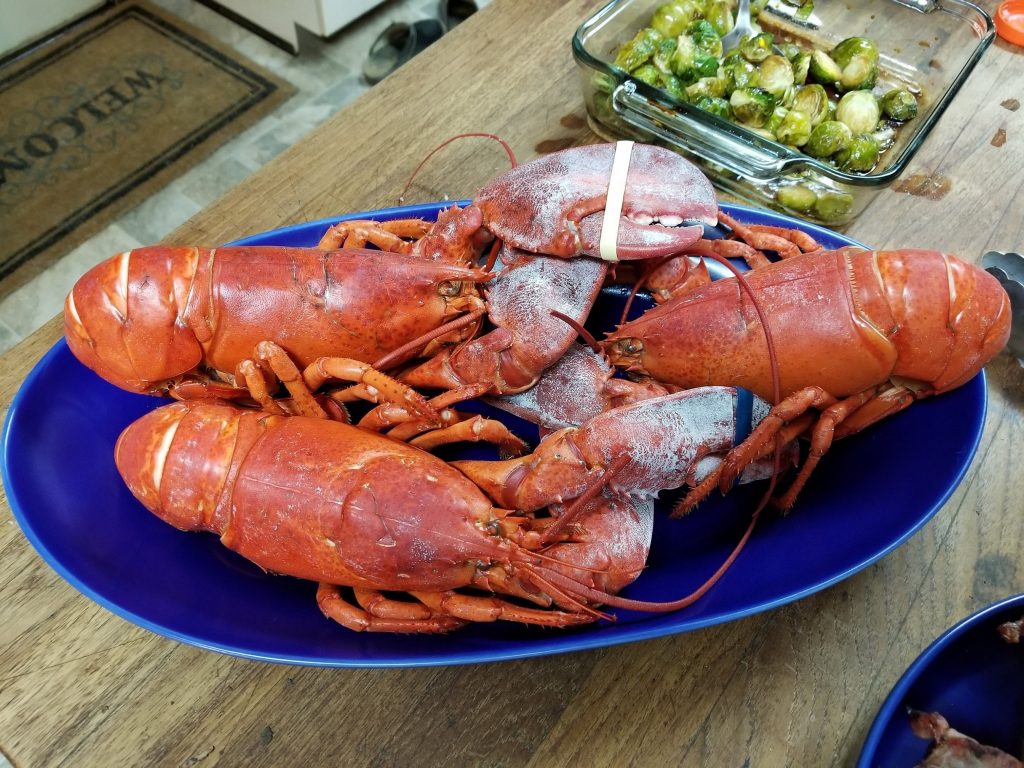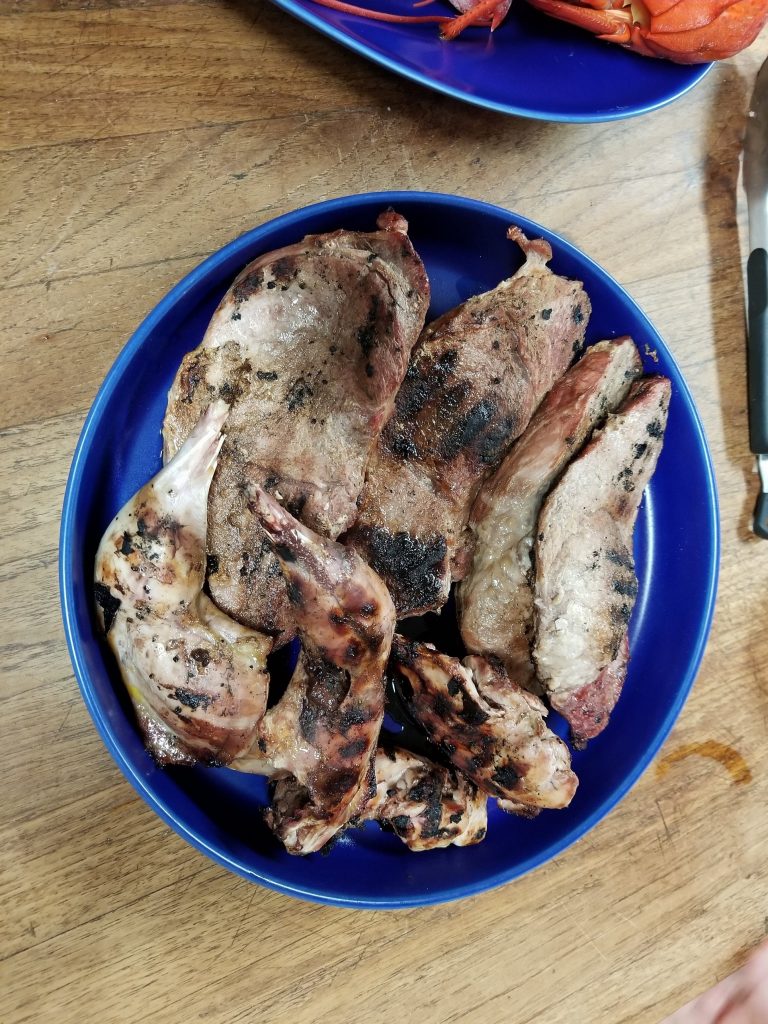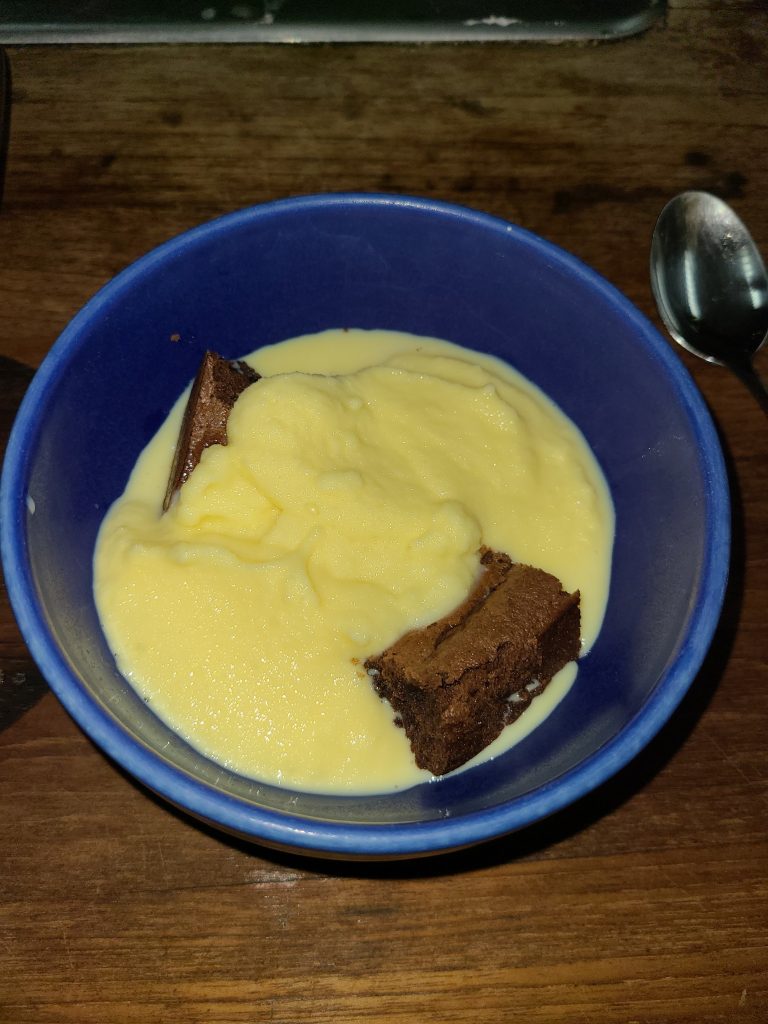This blog post is about 2 related topics that are important to me: diet and fitness. I am writing about this to document my own journey and share some of what I have learned with friends who may be interested. It’s not intended to be a judgement or critical of anyone else’s lifestyle or choices. This is something that has helped me and I want to share it.
I want to emphasize that I think the diet portion of this topic is valuable to everyone, regardless of your interest in human endurance sports or fitness. I would encourage anyone who has struggled with weight, or who would even like to be just a little lighter, to read “Primal Blueprint”. That book, and the companion “Primal Endurance” were introduced to me by a friend. Both are written by Mark Sisson who was a professional marathoner and triathlete. Even if you ignore the fitness portion, the diet insights are powerful and significant. If you haven’t read “Wheat Belly” put that on your list too.
I don’t claim to be an expert on these topics. These are simply my thoughts from my research and experience. The numbers provided are my numbers. They are simply provided as my numbers, not for comparison/ranking/etc.
In March, I decided that I would run my first marathon in October (the Marine Corps Marathon in Washington DC). While I have run 5 half marathons, I have never moved up to longer distances. Anyone who knows me, knows I research topics a lot before making a decision (cars, saddles for horses, etc). In this case, the subject of study is training regimes for marathons. The first thing I knew was I wanted to drop some weight during my training.
I like data (I am an engineer after all). I have used MyFitnessPal to track calories and nutrition for a long time. I don’t track every single meal every day, but rather do short periods of analysis such as 7-10 days at a time. This allows me to understand the source of my calories and composition (carbs, protein, fat). Over the past 8 years of working on my fitness, I have learned I can lose weight if I significantly increase my training. For the past few years, my weight has been hovering around the 185lb mark. My goal was to drop to 170 lbs by mid summer and hold that through the marathon.
In late March, I switched to a LCHF (low carb high fat) diet. I have lost 11 lbs in 8 weeks, including 2.5 weeks with 0 workouts due to a back injury. Am I bragging? Sure, a little. I am already almost at my original goal of 170 lbs and I haven’t even really started training for the marathon. I no longer have a weight goal; I have just decided to see where I end up.
On a typical day, I consume less than 100g of carbohydrates. Anna read “Primal Blueprint” too and our entire family shifted to the LCHF mindset. Is it easy? Not at first. It takes discipline to stick with the program and a lot more planning for meals. We don’t strive for perfection. We try to stick to the plan 80% of the time. The biggest change is moving away from the breads and grains. Once you get past that, everything is easier.
So what do we actually eat? For breakfast I eat 2 eggs and usually some ham steak or bacon. Lunch may be a small bag of Krave jerky and a banana. For snacks throughout the day, I keep a container of Planters Wholesome Nuts (Almonds, Cashews, Macadamia) and eat 2-3 oz throughout the day. Dinner may be something like fresh salmon, asparagus, and tossed salad, The point is less processed food, less grains, and minimal dairy products.
Shifting over to the fitness subject, I will say I have not made up my mind on the “Primal Endurance” method of training, but I’m going to stick with it for a while to see how it goes. Also, this particular portion is specifically from the “Primal Endurance” book. “Primal Blueprint” has similar fundamentals, but it is targeting to a more basic approach. The fundamental basis of Primal Endurance is MAF or Maximum Aerobic Function. MAF is a heart rate calculated in the simplest form by taking 180 and subtracting your age. So for me, MAF is 140bpm. Again, boiling down to the barest of fundamentals, you train to maintain heart rate below MAF. Over time, this results in the body becoming adapted to relying on fat as a fuel instead of relying on carbohydrates. To be clear, MAF and Zone training are not the same. They have different goals and different calculations. There are lots of blog posts and articles by people with a lot more knowledge on this than mine which explain some of the differences. MAF training is about building a significant aerobic base. There are also periods of high intensity strength and speed work.
I was on travel a lot in March/April, so my training was on treadmills and stationary bikes. I limited my HR to 140, although I typically run on hilly courses, so I wasn’t sure about the comparison of my pace using MAF.
Yesterday, I ran a hilly course that is 4.3 miles, limiting to 140 bpm (avg was 139 bpm). At the end of the run, my average pace was 12:51 min/mile. Today, I repeated the same course, again limiting to 140 bpm and averaged 12:55 min/mile. I have 40 comparison points for that exact same course within the past 9 months. I know from my data that by running an avg pace of 9:45 (~3:00/mile faster), my avg HR is 153 bpm. 153 bpm also correlates to ~87% of LT using previous data. This definitely includes periods of HR up to ~175 on hills. Clearly, I am not staying completely aerobic during the faster run with a 153 bpm HR.
I ran a hilly half marathon in February with an average heart rate of 165 bpm (max of 190 bpm during that run) and a pace of 8:55 min/mile. It was my 5th time on that particular course.
So what? MAF is slower, that’s what. I found a very insightful comment on a post in one of the Primal Endurance groups:
“If there is one thing we know about this method, it is that it is a long game. Adaptation takes time. None of these short-term studies are going to cut it. That said, it is true that LCHF + aerobic work alone isn’t the best way to develop top end speed or power for short, highly glycolytic events. It’s still, IMO, the best way for athletes of any sport to take care of their health and longevity.”
Right now, to stay below 140 bpm, I walk if there is any incline. I shuffle along on flat ground, and I run if going downhill. One observation is I don’t get the “runner’s high” after running at only 140 bpm. I also don’t get sore or really even tired. After running today (for 55 min) I ate a banana for lunch and was satisfied. I do feel there is more impact on my knees from the slow pace and shuffling motion, so I need to work on my form to fix that.
There is a disconnect between having time/speed goals for training and the MAF approach. You will get faster over time with MAF, but it will be measured in months and years, not weeks. This isn’t the approach to meet a certain speed at an event in the near term. Instead, this is a methodology to build lifetime fitness and endurance potential. Again, I haven’t decided if I will stay aligned with the MAF approach. I simply wanted to share some of what I have found with friends who may be interested.
I would love to hear feedback on any of this. Feel free to leave a comment or send me an email. Here are some links to other sites to read more on these topics:
http://www.marksdailyapple.com/
https://philmaffetone.com/

